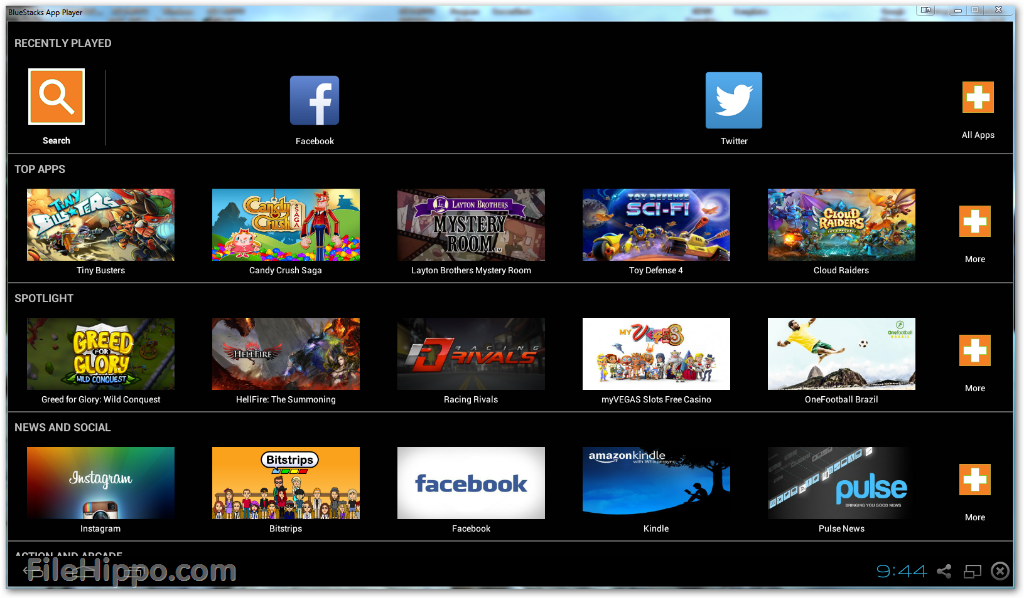

- #Bluestacks for windows 10 resolution how to
- #Bluestacks for windows 10 resolution install
- #Bluestacks for windows 10 resolution update
- #Bluestacks for windows 10 resolution driver
- #Bluestacks for windows 10 resolution android
How to Set Up Two-Factor Authentication.How to Record the Screen on Your Windows PC or Mac.How to Convert YouTube Videos to MP3 Files.How to Save Money on Your Cell Phone Bill.How to Free Up Space on Your iPhone or iPad.How to Block Robotexts and Spam Messages.If it doesn’t work, try other suggestions we have provided on this list. Begin with a restart to give your PC a fresh start and eliminate any corrupt data that may interfere with the performance of BlueStacks. The next time you feel BlueStacks is acting up or becoming sluggish, you already know what to do. Close Control Panel and check for any speed improvements in BlueStacks.Scroll down to the P lans shown on the battery meter section and tick the High-Performance option.Navigate to the Hardware and Sound section.You can change your PC’s power plan settings in the Control Panel to improve the performance of BlueStacks. Suggestion #6: Modify your PC’s power plan settings
#Bluestacks for windows 10 resolution android
#Bluestacks for windows 10 resolution driver
#Bluestacks for windows 10 resolution update
So, if you are using an outdated NVIDIA graphics card, you may want to update it now by following these steps: Suggestion #5: Update your graphics card device driverĪn outdated graphics card device driver can also cause BlueStacks to run slow. See if there are any improvements in the speed of BlueStacks.After this, go to the Display tab and choose the Low (1600DPI) option.You can reduce the emulator’s resolution to 1600 x 900. Go to Settings and navigate to the Display tab.Click the Settings button to launch the Settings menu.You may also try to adjust the display resolution of BlueStacks to improve your Android gaming experience. Suggestion #4: Adjust the display setting of BlueStacks Make sure the Real-time protection option is OFF.Navigate to the Windows Security section and choose Virus and threat protection.Click Settings and select Update and Security.To check if it’s causing the problem, try to disable your antivirus. One culprit that triggers BlueStacks to run slow is overly sensitive antivirus software. Close the window and check if there are any speed improvements.If your device uses an 8 GB RAM, you can increase the RAM allocation up to 4096 MB. Adjust the Memory bar to the right to increase the RAM allocation of BlueStacks.Choose Settings to open another window with more options.Click the Settings button in the upper-right corner of the window.To allocate more RAM to BlueStacks, do the following:

However, you can further increase it to improve its performance, especially if you intend to use it in playing Android games. Ideally, you will need a minimum of 2 GB RAM for the BlueStacks emulator to run. The more RAM you allocate to BlueStacks, the better it will perform. Suggestion #2: Allocate more RAM to the emulator
#Bluestacks for windows 10 resolution install
You may also select the Install on next boot op Wait for the installation process to complete.


 0 kommentar(er)
0 kommentar(er)
